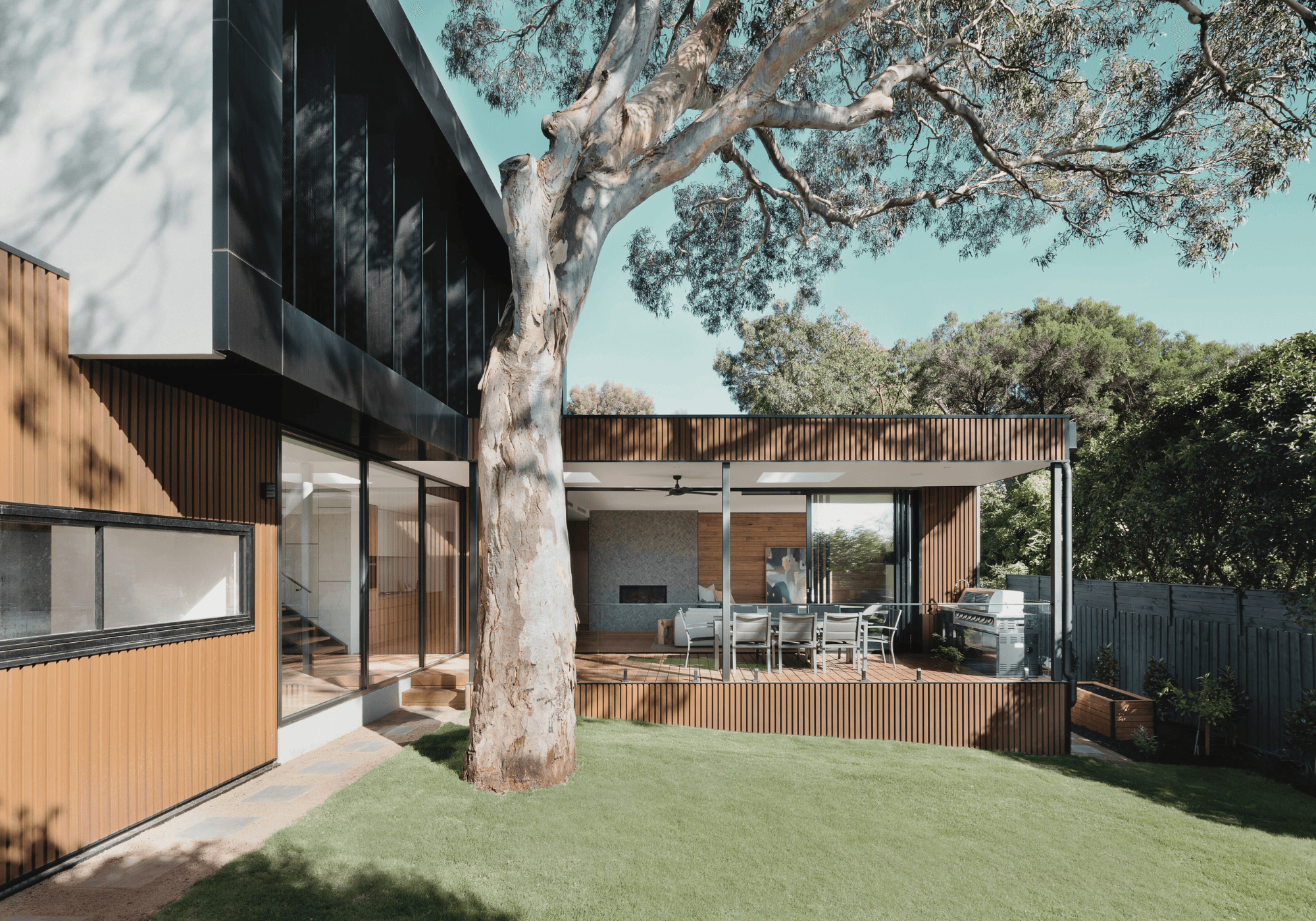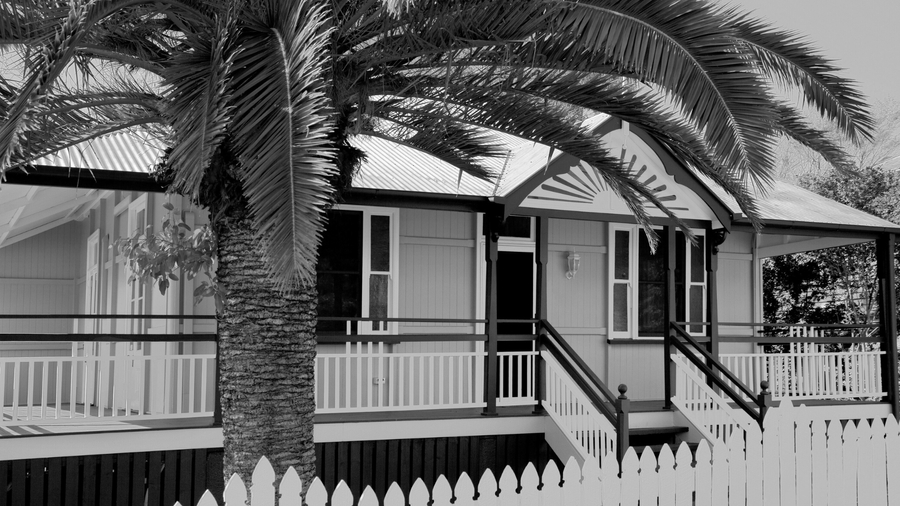Wealth Street Journal: Week 15, 2024
09 April 2024
This week in property: Top 5 headlines
Discover the latest insights shaping the Australian real estate market, from surging property values and shrinking land sizes to predicted interest rate cuts and debates over early super access for homebuyers:
- Sales trends hint at price growth: A 24% nationwide increase in sales volume suggests potential price growth, with Melbourne and Sydney leading, while Perth shows no significant increase, signaling caution for speculators.
- Denser suburbs improve affordability: Urban densification improves affordability despite NIMBY (“not in my backyard”) opposition, with smaller land sizes containing house prices and emphasising efficient land use.
- Investors back in the market: Lending to investors increases by nearly 20%, driven by rising rental demand and supply shortages, potentially alleviating the housing crisis.
- Where owners won’t sell: Amid low supply, homeowners hold properties longer, with new listings finally increasing, especially notable in capital cities, while suburbs with the longest-held properties are mainly in New South Wales and Victoria.
- Cheap and cheerful: Ample choices below $500,000 exist, particularly in outer suburbs and regional areas, appealing to first-home buyers, despite a critical gap in the affordable market.
Sales trends hint at price growth
Data from PropTrack compares sales in the first 12 weeks of 2024 with 2023, revealing a 24% nationwide increase.
Melbourne and Sydney saw significant rises, with Brisbane, Adelaide, Canberra and Darwin also experiencing notable upticks in buyer demand.
Melbourne’s 38% surge may signal impending price growth after lagging behind other cities last year.
Conversely, Perth shows no meaningful increase, suggesting a peak and caution for speculators.
Denser suburbs improve affordability
Suburbs increasing housing density are improving affordability, despite opposition from NIMBYs (“not in my back yard”: a person who does not want something unpleasant to be built or done near where they live).
Domain research says without urban densification over the past two decades, house prices in some locations would have soared.
Its analysis of house prices and dwelling size says the shift toward smaller blocks has been effective at containing price growth.
Domain says if blocks had stayed the same size over the past 20 years, buyers would be paying 45% more for a home in Perth, 16% more in Adelaide, 14% more in Melbourne and 7% more in Brisbane.
In Hobart and Sydney, prices would be 6% higher, Darwin and Canberra, 3%.
Domain’s Chief of Research and Economics, Nicola Powell, emphasises the importance of accommodating growing populations through greater densification and smaller land sizes. In Perth, for example, declining land sizes have contained house prices, with the average lot size now 10% lower than Melbourne’s.
“Declining land sizes had contained the house price in the city but without the shrinkage, house prices would have been $300,000 higher today,” Dr Powell said.
“Land is finite, and we need to ensure it is provided at low cost and utilised efficiently,” Powell says.
She says estimates suggest a 10% increase in housing stock lowers prices between 15% and 30%.
Investors back in the market
Investors are staging a comeback, as revealed by Australian Bureau of Statistics data indicating a nearly one-fifth increase in lending to investors over the past year.
In January 2024, investors borrowed $9.21 billion, while owner-occupiers accounted for $15.91 billion of loans.
This marks an 18.5% surge in investor loans, contrasting with a 3.4% uptick in owner-occupier loans during the same period.
Rachel Ong ViforJ, Professor of Economics at Curtin University, says rising rental demand and a lack of supply is making investment attractive once again.
“If we’ve got huge demand relative to supply that would normally push up rents. And that would be an incentive for investors to invest in rental housing,” she says.
Meanwhile, CoreLogic data indicates consistent property price growth over 14 months, coinciding with a national vacancy rate of just 1% and ongoing interest rate hikes.
Tim Lawless, CoreLogic’s Research Director, suggests that the increasing number of investors could be beneficial amidst the current housing crisis.
“Arguably more investment in the marketplace is a positive thing. Hopefully, that is introducing more rental stock to the marketplace.”
Where owners won’t sell
Amid low supply and dwindling listings, homeowners are holding onto their properties longer than ever, prompting buyers to act swiftly when opportunities arise.
PropTrack’s analysis pinpoints suburbs where properties remain on the market for extended periods, with nearly all the suburbs in the top ten list of the longest-held properties in New South Wales or Victoria.
Leading the list is Killarney Heights in northern Sydney, where properties are held for an average of 20.1 years, closely followed by Clarinda in Greater Melbourne at 19.2 years.
This trend reflects a broader increase in hold periods across many suburbs, driven by concerns over securing another property amidst limited listings in the past 18 months.
However, there’s a glimmer of hope as new listings are finally on the rise, up by 16.6% year-on-year as of February, especially notable in capital cities like Sydney, Melbourne, Canberra and Hobart, where total listings surpass the prior-decade average.
Yet, in Brisbane, Perth, and Adelaide, listings remain approximately 40% below average.
Cheap and cheerful homes
Analysis reveals that buyers in search of affordable options under $500,000 still have ample choices, especially in outer metropolitan suburbs and regional areas for houses, and closer to CBDs for units or apartments.
For houses, notable options include Gawler in Adelaide ($402,022), Forest Hill in the Lockyer Valley outside Brisbane ($411,797), Bridgewater in Hobart ($417,572), Medina in Perth ($422,402), Woodroffe in Darwin ($424,700) and Melton in Greater Melbourne ($468,766).
According to Domain’s First-Home Buyer Report 2024, Greater Brisbane areas such as Cleveland, Stradbroke and Ipswich offer affordability, particularly appealing to first-home buyers due to the shorter time required to save a 20% deposit.
Antonia Mercorella, CEO of the Real Estate Institute of Queensland, notes a critical gap in the affordable market, extending to regional markets.
In Perth, REA Group identifies 56 suburbs with a median unit price below $500,000, while Launceston in Tasmania boasts affordable options like East Launceston ($475,000), South Launceston ($380,000), West Launceston ($440,000) and Launceston CBD ($406,500).
Join our complimentary 2024 Property Market Update Webinar!
Wednesday 10th April 2024, 7:30PM AEST
- Expert insights: Bypass the media hype and get straight-from-the-source information on the current property market from Tim Lawless, Research Director at CoreLogic, Australia’s leading property market data provider.
- Market resilience: Key factors that influenced the property market last year and why economists and the big four banks are expecting property prices to surge in 2024.
- NRL legends share success: Be inspired by former Rabbitohs brothers George and Luke Burgess as they share their transition from the footy pitch to property.
- Insights from Wealth Street’s Head of Investment Strategy – Abdullah Popal: How you can grow your wealth using investment property as a vehicle.
This webinar is perfect for you if:
- You’re confused by the mixed messages about the property market.
- You want to understand the data behind the headlines.
- You’re looking to secure your family’s financial future and leave a legacy for your children.
Register for the webinar and stay ahead in the ever-changing property market landscape.
"Arguably more investment in the marketplace is a positive thing. Hopefully, that is introducing more rental stock to the marketplace.”
Tim Lawless
CoreLogic Research Director
Get Started
Every success story starts with a leap of faith. Start a conversation with us.












